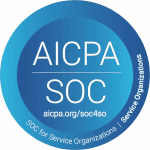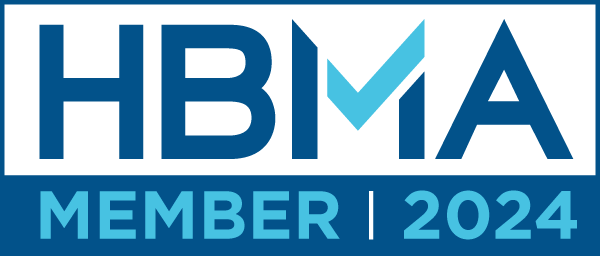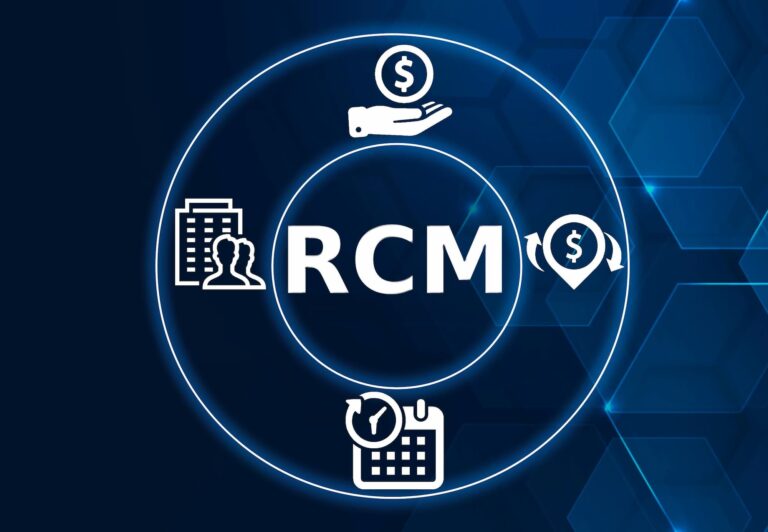Addressing Underpayment Challenges with Precision: How Technology Identifies and Resolves Payment Variances
Underpayments pose a persistent challenge in healthcare billing, impacting the revenue cycles and operational efficiency of healthcare providers. This blog delves deeper into various strategies and technologies that healthcare providers can employ to minimize underpayments effectively.
Understanding and Preventing Underpayments
The first step in tackling underpayments is understanding their origins, which often include coding errors, inaccurate patient information, or inadequate documentation. According to industry reports, coding errors alone can cause up to 80% of medical billing mistakes. Integrating Electronic Health Records (EHR) systems with billing software ensures accuracy from patient intake to claim submission, significantly reducing the potential for errors that lead to underpayments.
Enhancing Claims Accuracy with RPA Technology
Robotic Process Automation (RPA) technology serves as a proactive tool in the fight against billing inaccuracies. RPA systems, like industry leader PhyGeneSys, can automate the validation of claims against hundreds of pre-set parameters for common errors. For instance, PhyGeneSys automatically verifies that the billed services match diagnosis codes according to payer-specific rules, reducing the denial rates for claims. Implementing RPA can reduce error rates by up to 50%, enhancing the accuracy of claims and thereby reducing the frequency and volume of underpayments.
Streamlining the Billing Process
Streamlining billing processes through automation not only minimizes human errors but also accelerates the billing cycle. Automated systems can process claims faster than manual systems, reducing the turnaround time from service delivery to payment. Faster processing directly improves cash flow—a crucial benefit, considering that healthcare providers in the U.S. face an average payment turnaround of 50-120 days. Automation in billing systems like PhyGeneSys also frees up staff to focus on more complex tasks, potentially increasing a practice’s operational efficiency by up to 20%.
Data Analytics and Reporting
Advanced data analytics is critical for identifying and understanding underpayment trends. By analyzing historical data, healthcare providers can pinpoint specific services, procedures, or payers that frequently result in underpayments. This targeted data can inform more strategic negotiations with payers and help adjust billing practices to prevent future underpayments. For example, if data shows a consistent underpayment trend from a particular insurer for a specific procedure, a provider can proactively address this with the insurer or amend the coding process to ensure full payment.
Role of PhyGeneSys in Managing Underpayments
While PhyGeneSys plays a vital role in detection and management, it also provides comprehensive analytics and reporting tools that offer deeper insights into the billing process. This system not only identifies discrepancies but also tracks the resolution process, providing dashboards and detailed reports that help manage and anticipate financial outcomes. Such tools are crucial for maintaining an efficient revenue cycle, especially when dealing with multiple payers and complex billing environments.
Practical Steps for Providers
Healthcare providers can adopt several best practices to reduce underpayments:
- Regular Training and Education: Continuous education on the latest coding updates and payer policies ensures that billing staff are aware of and can apply the most current billing practices.
- Periodic Audits: Regular audits of billing processes help identify inefficiencies and areas prone to errors that could lead to underpayments.
- Engagement with Payers: Open lines of communication with payers can help quickly resolve disputes and clarify ambiguities that might lead to underpayments.
- Quality Assurance Protocols: Implementing quality controls throughout the billing process ensures that each claim is accurate and complete before submission.
Successfully addressing underpayments in healthcare requires a combination of advanced technology, strategic management, and ongoing staff education. Technologies like PhyGeneSys provide essential tools for detecting and resolving payment variances effectively, but they must be integrated within a broader strategy that includes staff training, payer engagement, and continuous process improvement. By adopting these practices, healthcare providers can ensure more accurate billing, improve their revenue cycle management, and ultimately dedicate more resources to providing quality patient care.
About PHIMED and Automation:
In advancing towards greater operational efficiency, PHIMED’s commitment to meeting Medicare guidelines and accommodating the requirements of various payers, including Medicaid, establishes a solid base to maximize the advantages of automation. Through years of experience and a commitment to innovation, PHIMED’s solutions are designed to not just accelerate the revenue cycle but to elevate the entire healthcare experience.
To delve deeper into how automation can optimize your medical billing processes and equip your practice for the demands of modern healthcare, reach out to PHIMED for a comprehensive consultation. Contact us at 800-909-7240 or via email at info@phimed.com.









